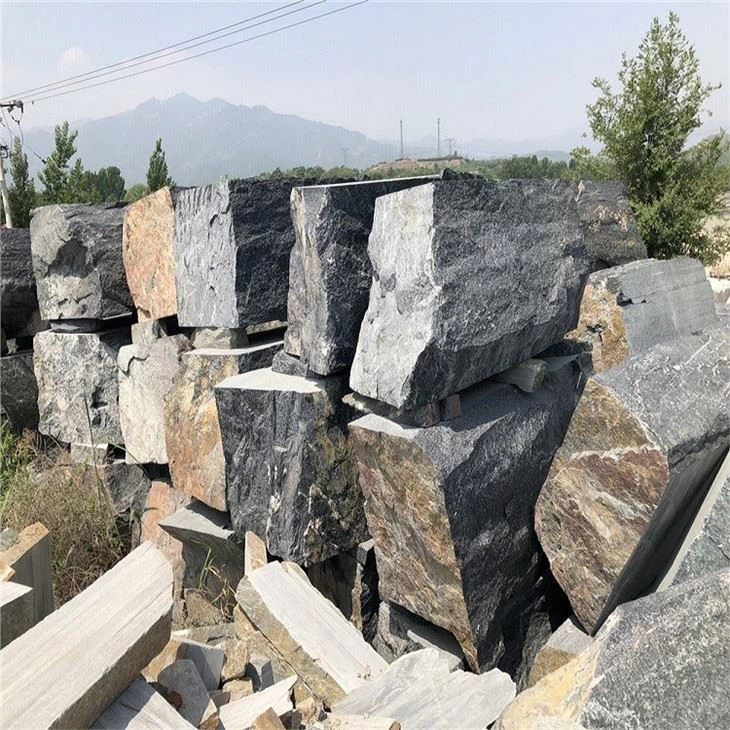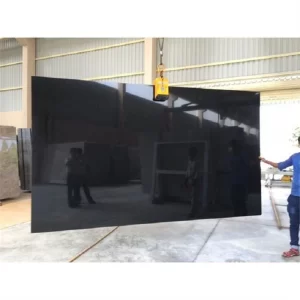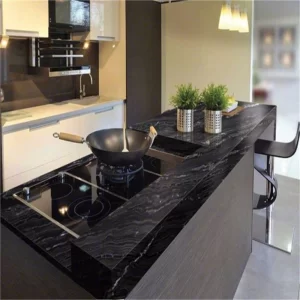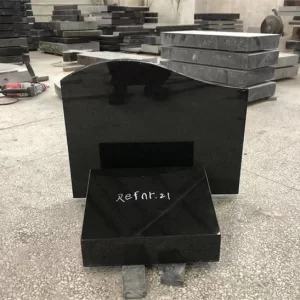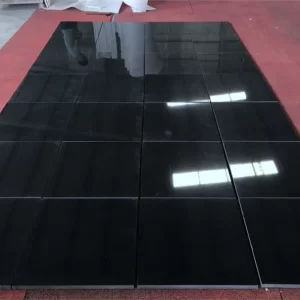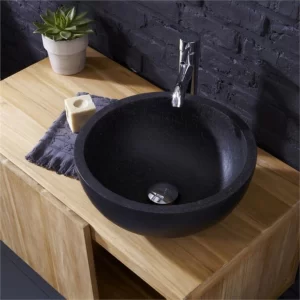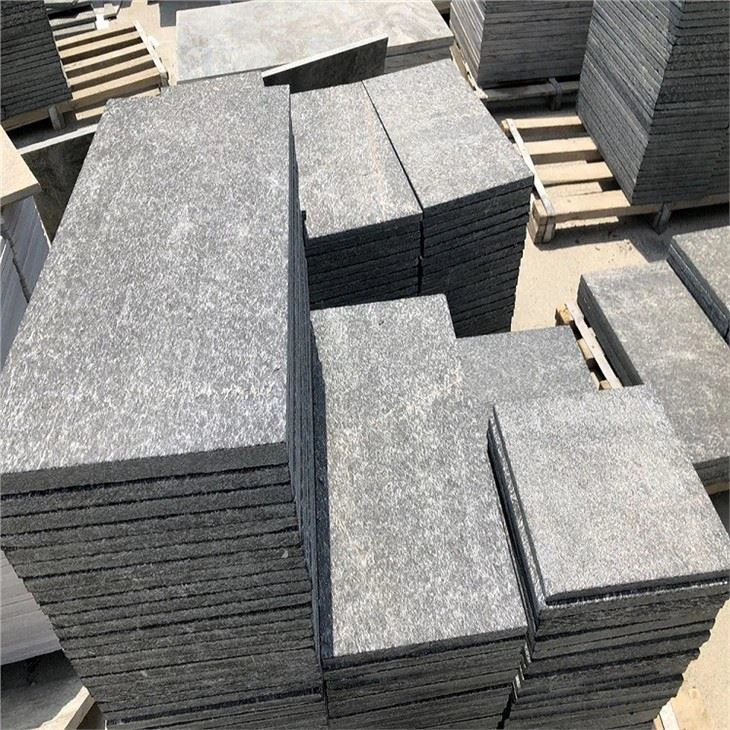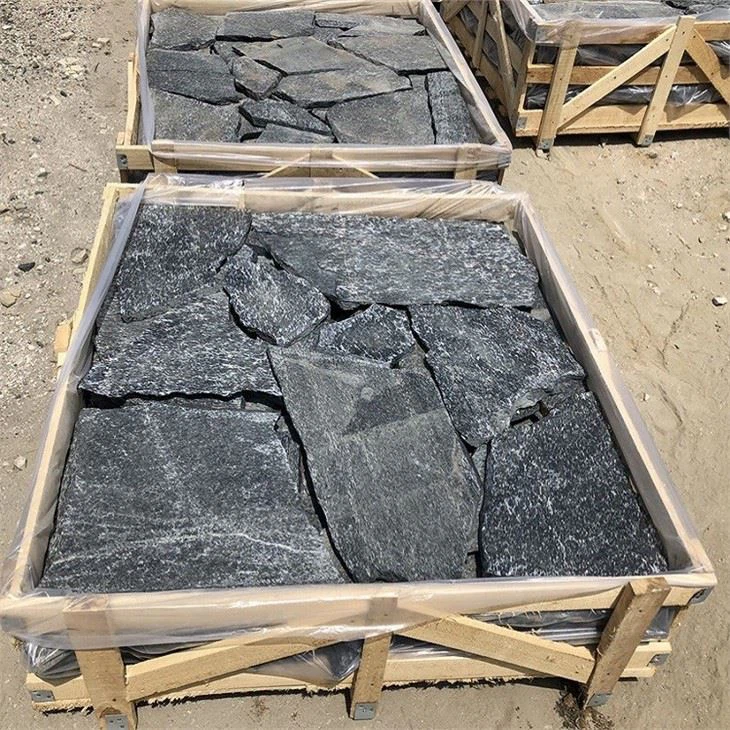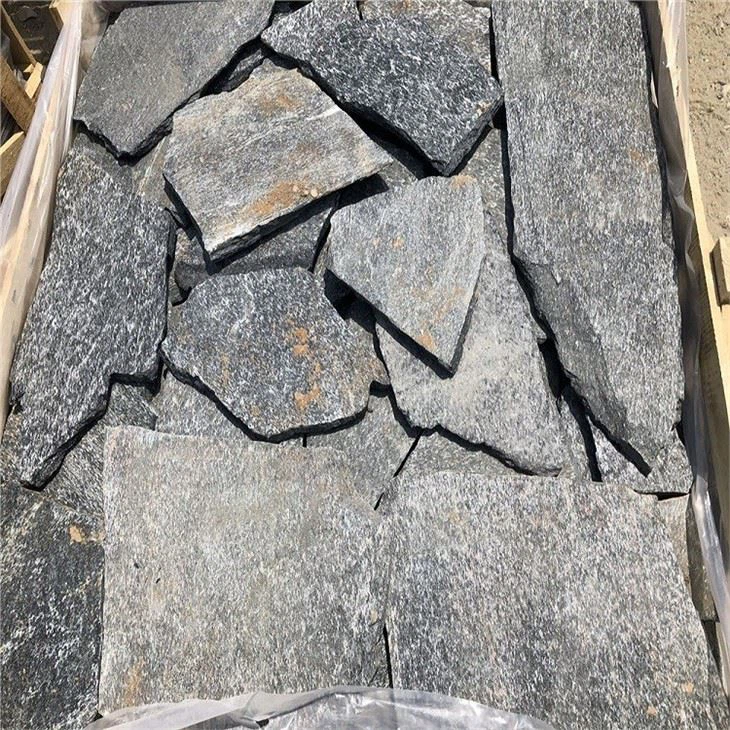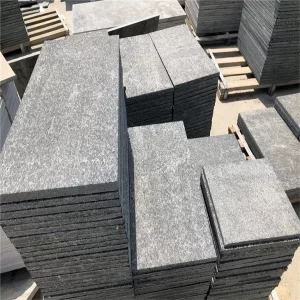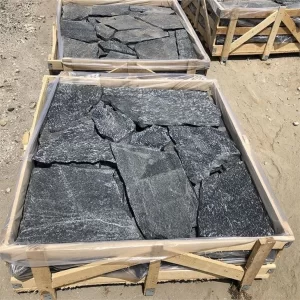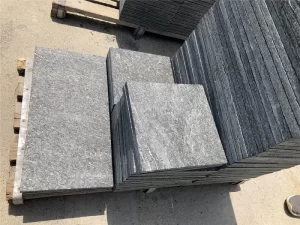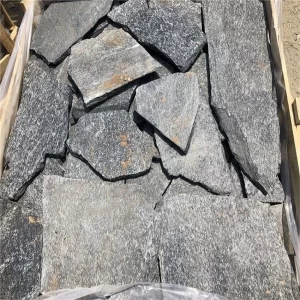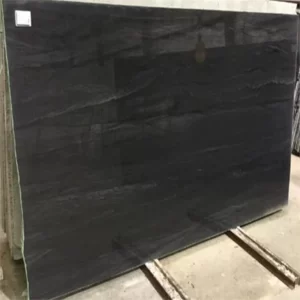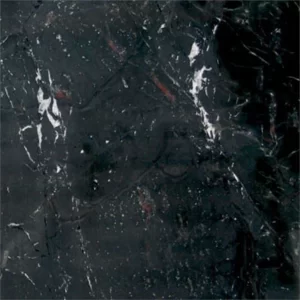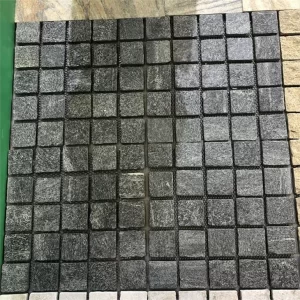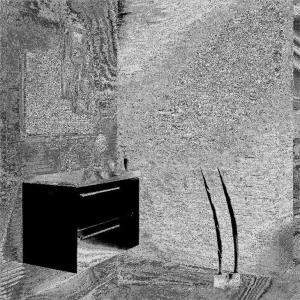Quartzite The main mineral is quartz, which may contain mica minerals, hematite, goethite, etc.Quartzite is a metamorphic rock mainly composed of quartz (quartz content is more than 85%), which is formed by the metamorphism of quartz sandstone and siliceous rock. It is generally formed by recrystallization of quartz sandstone or other siliceous rocks through regional metamorphism. It is also possible that siliceous rocks near the magma undergo thermal contact metamorphism to form quartzite.
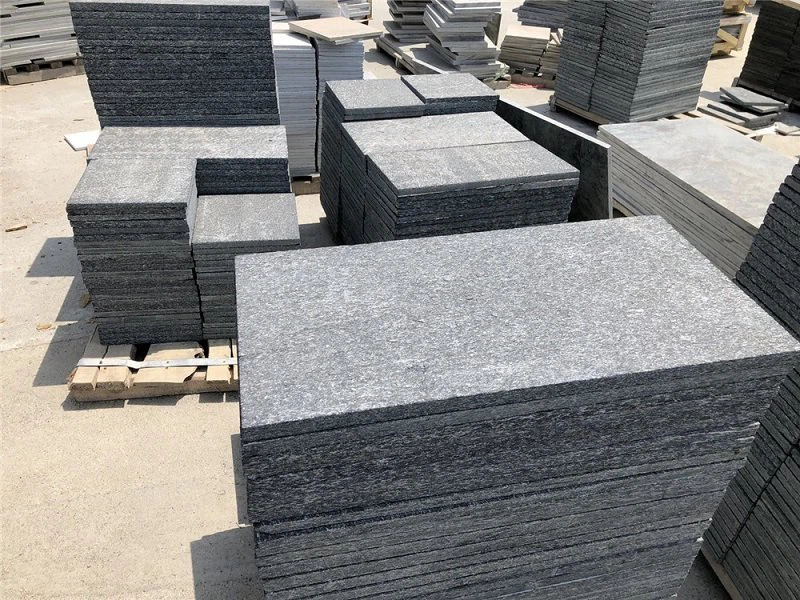
physical properties:
Mohs hardness: 7
Density: 2.65g/cm3 ~ 2.75g/cm3
Optical characteristics: heterogeneous aggregates.
Refractive index: 1.544 ~ 1.533, the spot measurement method is usually 1.54.
Birefringence: not measurable.
UV fluorescence: generally none; chromic mica-containing quartzite: none to weak, gray-green or red.
Absorption spectrum: not characteristic, quartzite containing chromium mica: can have 682nm, 649nm absorption band.
Dyeing treatment: it can be dyed into various colors, and the distribution of dyes among the particles can be seen by magnifying inspection. The 650nm absorption band is visible in green-dyed quartzite.
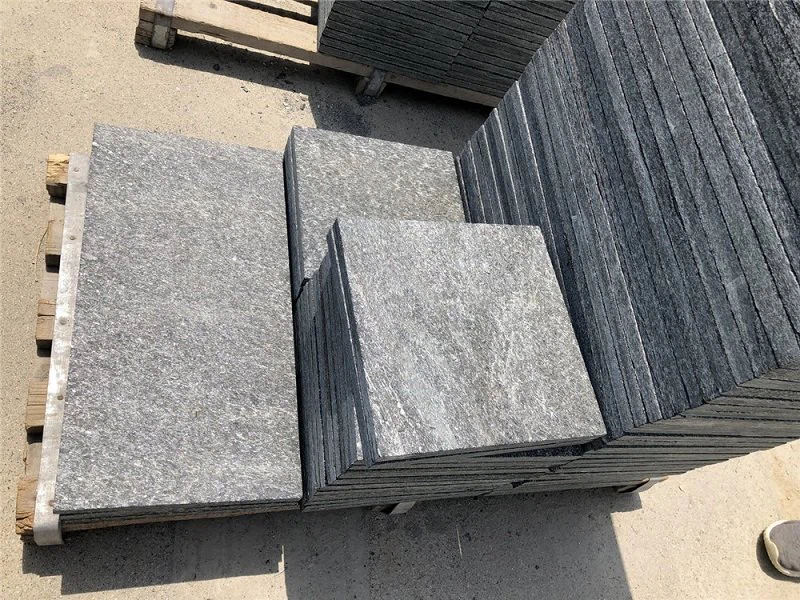
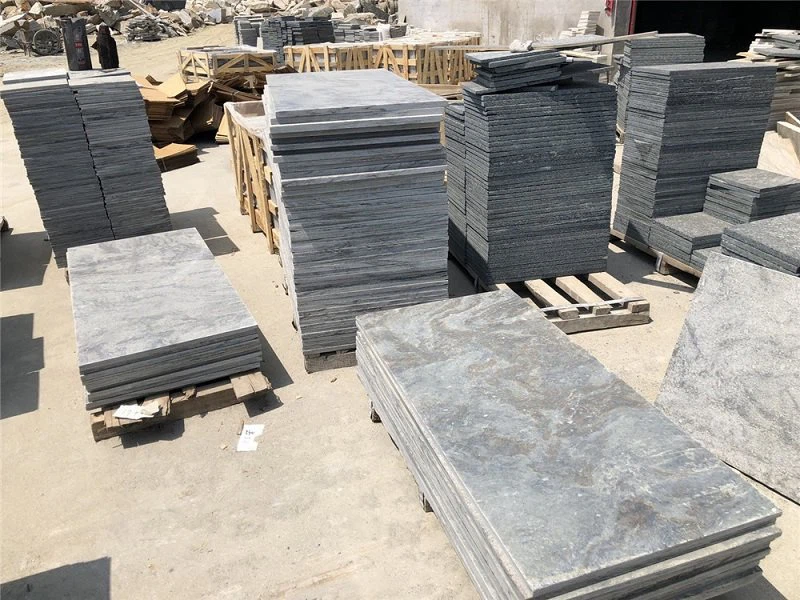
Quartzite is widely distributed, easy to mine, easy to process, and low cost. It is a stone product with high cost performance.In addition, quartzite is widely used and can be used as an important raw material for manufacturing glass, ceramics, metallurgy, chemical industry, machinery, electronics, rubber, plastics, coatings and other industries.
